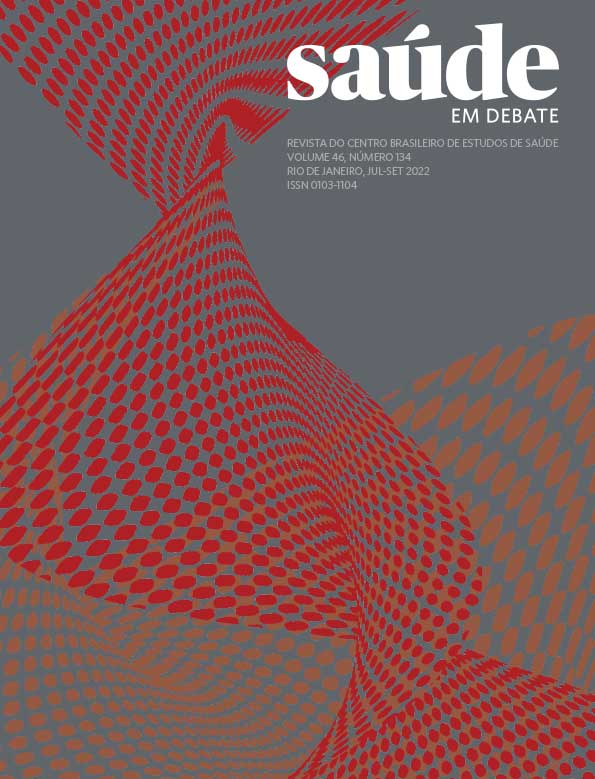Telemedicine in the fight against COVID-19: old and new challenges in health accessibility in Vitória/ES, Brazil
Keywords:
Telemedicine. COVID-19. Health services accessibility. Primary Health Care. Health information systems.Abstract
Objective: to analyze telemedicine care in Vitória, Espírito Santo, Brazil, from April 2020 to March 2021. Method: based on Thied et al.’s dimensions of access, a case study was conducted using secondary data collected from the Bem Estar Network’s telemedicine reports. All 29 Basic Health Units of the municipality were included. Results: a total of 15,548 users were assisted in 21,481 consultations, 64% female (9,953) and 36% male (5,595). The most attended age group was 30-39 years old (19.5%). The number per 10,000 inhabitants for all causes ranged between 35.86/10,000 inhabitants from Oct-Dec/2020 and 65.75 from Apr-Jun/2020. Of these calls, 56% (11,946) targeted coronavirus (causes B342 and B972), ranging from 22.54 consultations per 10,000 inhabitants in Oct-Dec/2020 to 31.96 in Apr-Jun/2020. Conclusions: Results reflect the transformative impact COVID-19 had on telemedicine care as part of the first-line response to the pandemic in Vitória, Brazil. Inequalities in face-to-face access are reproduced in telemedicine, making it essential to maintain a strong relationship between the health system, health teams, and users when implementing telemedicine. Both forms of health care remain interdependent and complementary in the search to ensure equitable access to health.
Downloads
Published
How to Cite
Issue
Section
License
Copyright (c) 2023 Saúde em Debate

This work is licensed under a Creative Commons Attribution 4.0 International License.




















